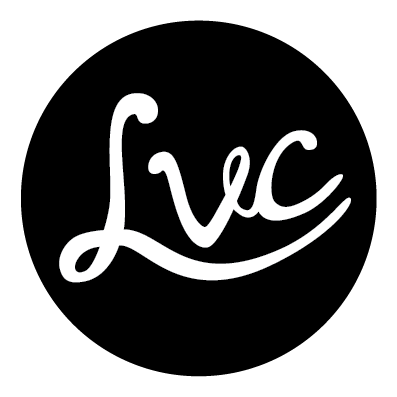Creative to conversions: What makes a great Facebook campaign?
At Little Village Creative, Facebook is one of the major digital marketing tools we use to help businesses get results – and for good reason. It’s the biggest social network both in terms of users and advertising potential, with loads of targeting and creative options.
But if you’re new to the world of Facebook ads, the prospect of creating a campaign from scratch can be overwhelming. How do you know who to target? What types of ads should you run? And how do you measure success?
To shed some light on the process, here’s a little more on how we create Facebook ad campaigns that go the extra mile for our clients.
But first, how do Facebook ads work?
Back in the dawn of the Facebook advertising era, things were pretty simple – ads were limited to images, links to website pages and a couple of other now-obsolete options.
Nowadays, you can target broad or very niche audiences through a multitude of ad types like static images, gifs, videos, collection ads, carousels and more. The Facebook Pixel (a piece of code that goes on your website) also makes it much simpler to track when someone visits your website and takes an action (for example, buying something) after seeing an ad.
Now the basics are covered, where to begin?
1. Setting the right foundations
This is one of the most important steps in the campaign process as it helps ensure you’re set up for success from the get-go. The first question we ask here is: what are we trying to achieve? Is it to build awareness with new audiences? Increase conversions with our existing audience?
Once we have some clear objectives in place, we can start to think about:
Who we want to target – depending on our goals, this might be one specific group or multiple groups. It’s useful to create personas for these groups and consider demographics like age, gender, location and interests.
How we’ll find our target audience – this could be people with certain interests, existing followers or people who engaged with your posts, people who have visited your website or lookalike audiences (people who have similar interests to your existing customers).
How we’ll reach our target audience – this is where we really want to get inside the minds of our target audience to figure out how we can complement their discovery process without being annoying or intrusive. It’s a delicate balance, and one that requires some creative thinking. Which brings us to our next step…
2. Nailing the creative
Getting the creative right is essential to the success of any digital marketing campaign. There’s no magic formula here – what works for one business might fall flat for another – so it’s crucial to consider the brand, the target audience and the goals of the campaign.
For example, if we want to tell a story or take our audience on a journey, we might choose to go with a carousel or a video. If we want to make an impact quickly, we might opt for a static image or a gif with some short, punchy copy.
There’s a huge amount of competition for attention, so we need to challenge ourselves to come up with differentiated creative that genuinely speaks to our audience and cuts through the noise. At LVC, this is a collaborative process between our team of creatives and our clients.
3. Measuring success
Once the campaign is live, we continually analyse the performance of our ads to make sure they’re hitting our goals.
This is where Facebook Pixel comes in handy: it allows us to ‘close the loop’ and see if ads are driving people to take a desired action, like making a purchase or entering their details into a lead capture form on a website. This means we can accurately measure the cost of conversion, or where possible, the value of a conversion.
The Facebook Pixel also allows us to understand our audience better, who they are (demographics and location) and when they interact with the ads (days, hours of the day etc).
Adding a Google Analytics pixel to measure performance allows us to see how people interact with the ad across the web – for example, whether they convert directly after they click on the ad, or after viewing the ad on Facebook and then converting through another channel, at another time.
4. Fine-tuning
Like any digital marketing campaign, regularly fine-tuning our approach is essential. For example, the data we gather might tell us that a specific creative message is performing particularly well, so we might use the ad in more campaigns or ad sets, or learn from the approach when we create new ads.
We can also use data analysis to answer some important questions about our audience, such as:
Are we targeting the right people?
Do we need to expand or limit the audience?
How do they behave?
How can we increase the conversion rate?
How do they interact with the ads and the landing page or the website?
Facebook ads often run their course pretty quickly, so staying close to the data helps us identify when it’s time to refresh. This usually happens every 2-3 months, or sometimes longer if the creative is performing especially well.
In any case, we take the time to provide reports with the relevant data to each client, including our analysis, insights and a summary of recommendations. From there, we get to work making the required adjustments.
From account set-up and targeting to creative and performance analysis, there’s a lot to think about (both creatively and technically) with any Facebook campaign. Getting help from a professional team is one of the best ways to make sure your budget is working hard for your business.
Ready to make your Facebook campaign a success? We’re always up for a chat. Get in touch with us here.



